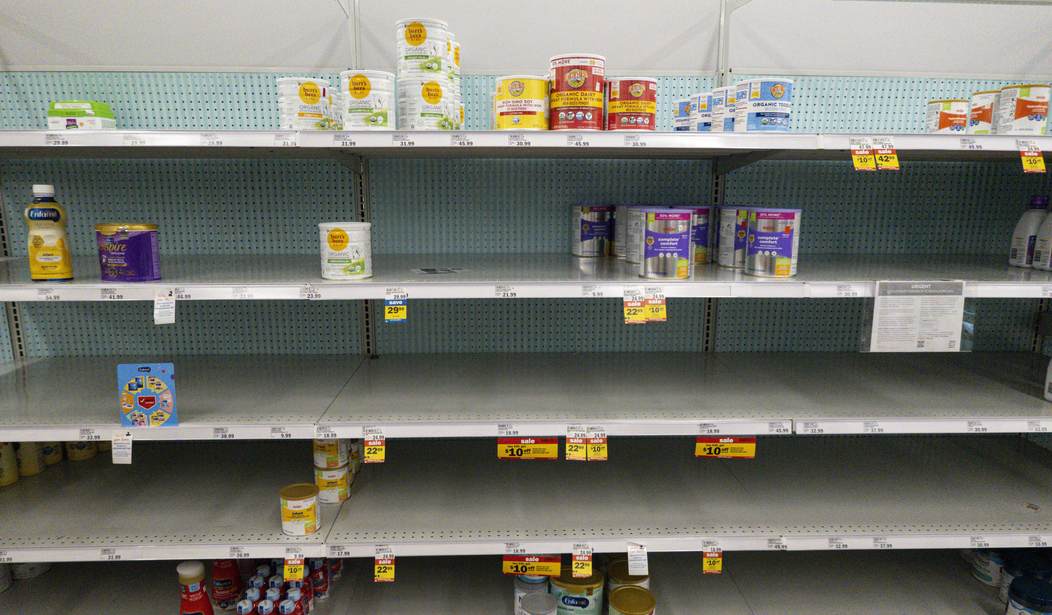We haven’t heard much lately about the baby formula shortage that was dominating the news earlier this year. (When we weren’t talking about Ukraine and the rest of the crises unfolding in the country.) So at least that one problem got cleaned up, though it took quite a while, right? All of those babies out there are happily gurgling away and nursing off their bottles once again. What a relief!
Except that’s really not the case. While it’s not drawing much attention, a significant percentage of families with infants are still unable to find the variety of formula their babies require on any given week. According to the Wall Street Journal, roughly one-third of such families are either being forced to go with a brand not suggested for their baby’s needs or they simply aren’t finding any without jumping through a lot of hoops. So the situation is considerably better than it was six months ago, but we’re still quite a ways from getting back to “normal” levels of production and distribution.
Many U.S. households are still struggling to find baby formula, almost a year since supplies thinned on store shelves and eight months after a nationwide recall.
Adults in roughly one-third of households with infant children who typically use formula had trouble obtaining it last month, according to a recent survey by the U.S. Census Bureau. Nearly one in five of affected households has less than a week of formula on hand, the survey showed.
The survey offers one of the most detailed views yet into the nationwide formula shortage, and comes as lawmakers are taking steps to address ongoing supply issues.
This information comes from the latest edition of the Journal‘s Household Pulse Survey, launched in 2020 to measure the impact the pandemic was having on people’s lives. The baby formula shortage wasn’t caused by the pandemic, of course, but this data began turning up in conjunction with the other issues people have been dealing with.
People’s economic status definitely played a factor in the ability to locate supplies of the correct formula. Forty percent of families with household incomes below $75,000 had difficulty locating formula for their babies in the previous week. That’s more than twice the rate seen in families earning more than that. Of course, the more money you have, the more resources you can expend in locating and ordering formula so that probably makes sense.
If nothing else, this should serve as yet another reminder of the supply chain challenges our country is facing. The one that draws the most attention is the international supply chain. China still controls far too much of the supply chain and retains the ability to cut off critical resources at the drop of the hat if they feel so inclined. Even if they want to ship various products, a breakdown in the shipping infrastructure both across the seas and overland can cripple us rather quickly when we don’t control our own supply lines. We should have learned that lesson by now.
But even at the domestic level, supply chain woes await a bad turn of events. Keep in mind that the baby formula shortage didn’t take place because we were suddenly cut off by China or Russia. Almost all of the baby formula used in the United States has traditionally been produced right here. But so much of the market was tied up by one company (Abbott) that when their primary manufacturing facility was abruptly shut down due to contamination issues, the entire system hit a choke point.
The lack of truckers compounded the problem, of course, but the actual supply source was the issue. It should be clear that we need more domestic production of all goods and services in the United States and less reliance on foreign sources. But that’s not enough. We need more diversity in sourcing. The government can not and should not mandate this, but it can use its regulatory authority to make the playing field a bit more level and fertile. Having one or two companies dominate any production area in this fashion leaves us open to future shortages such as the ones we’ve been seeing over the past two years.








Join the conversation as a VIP Member